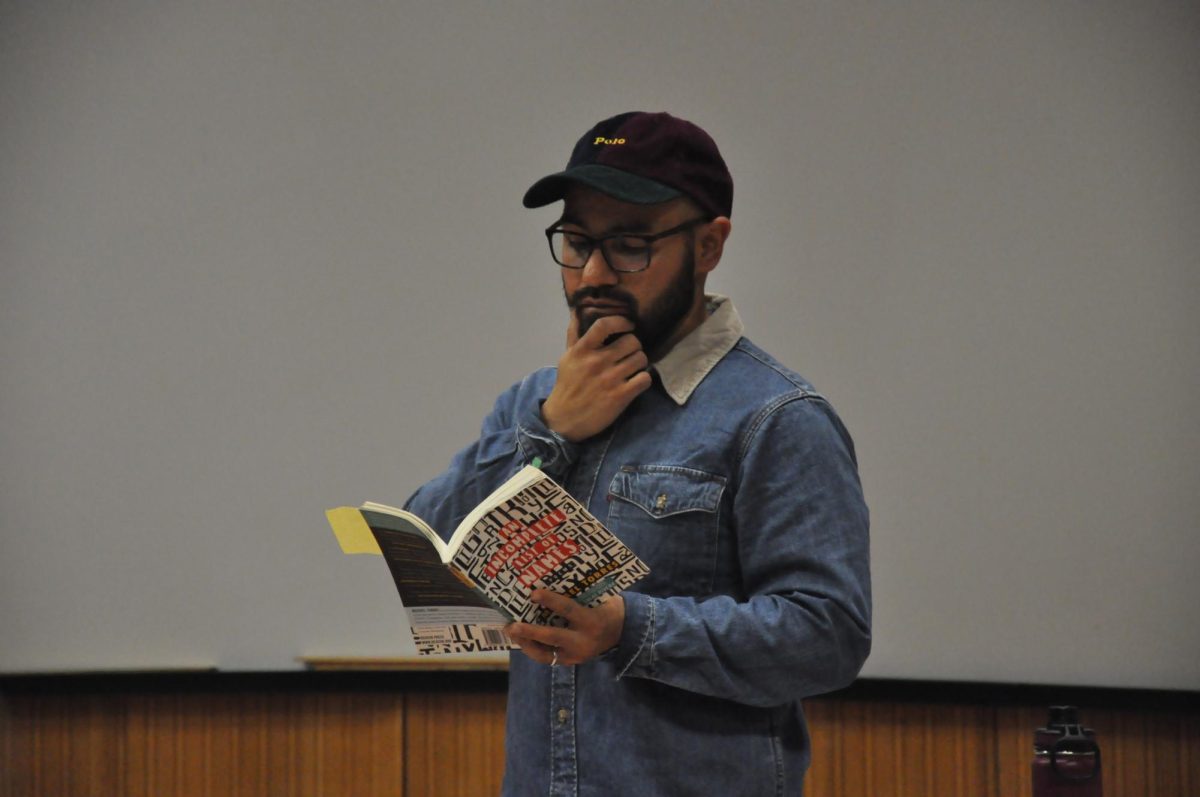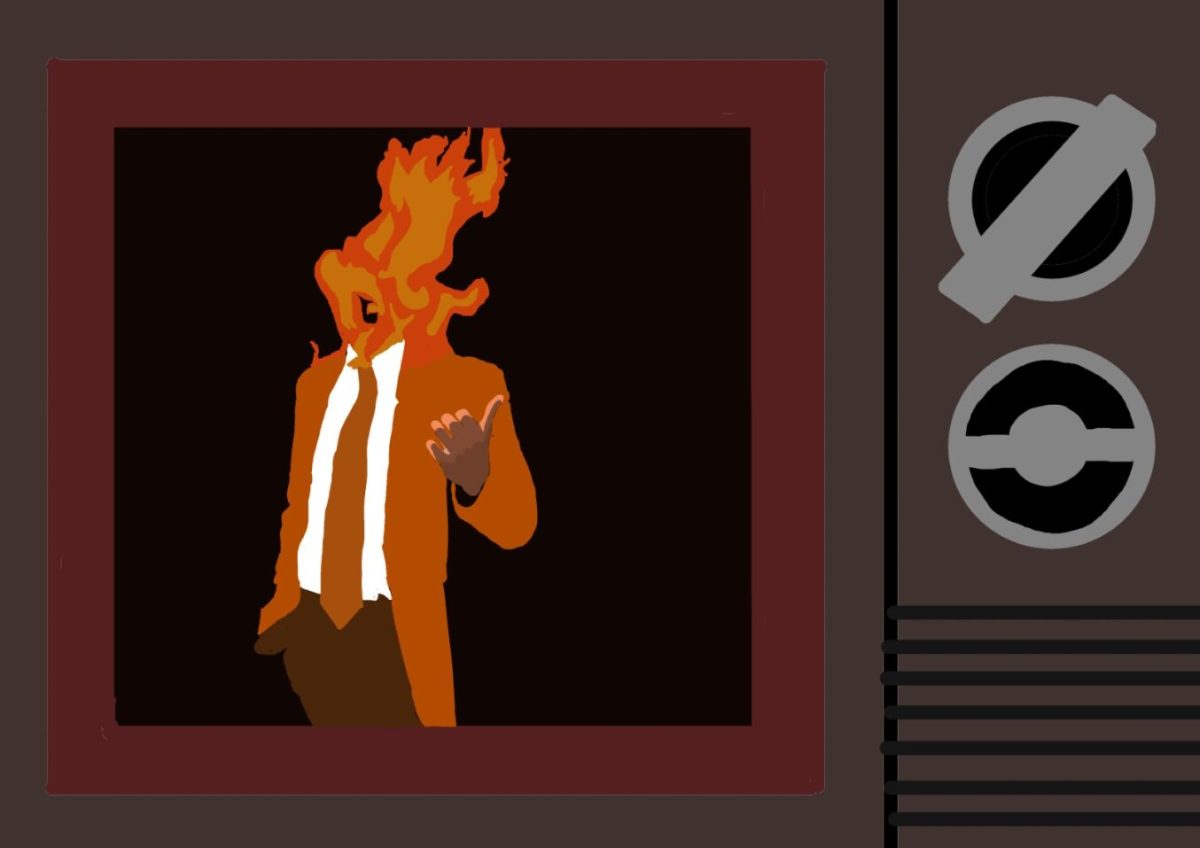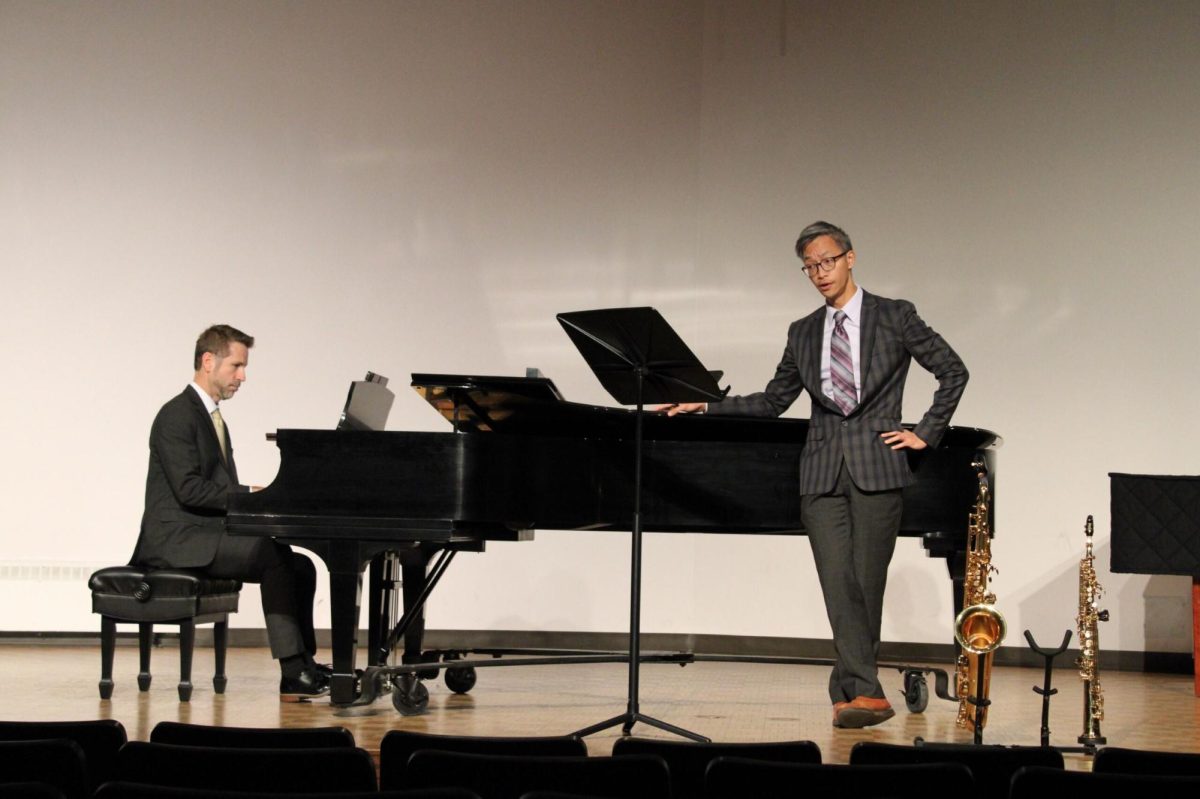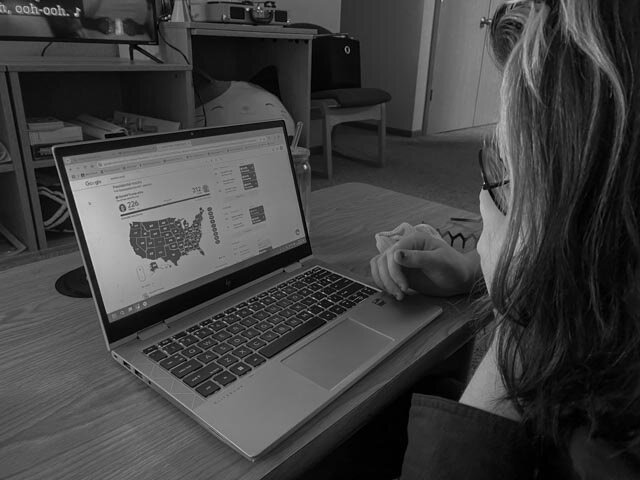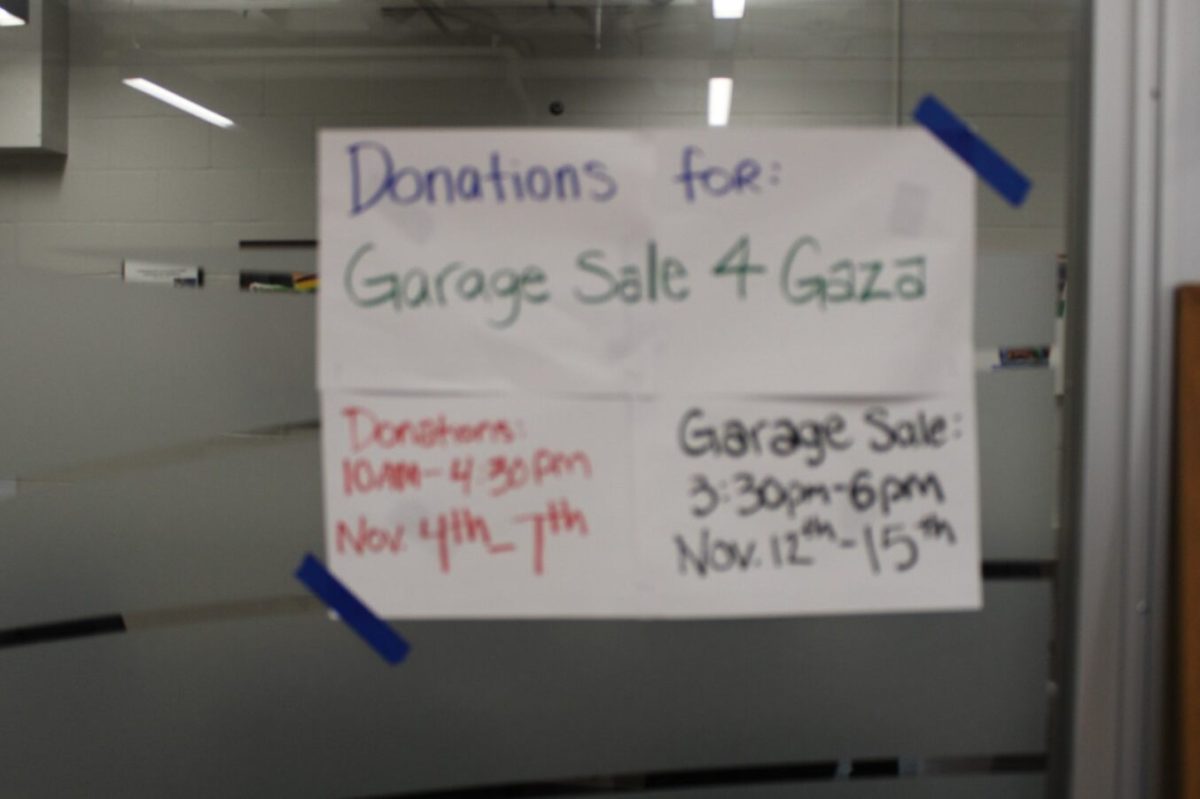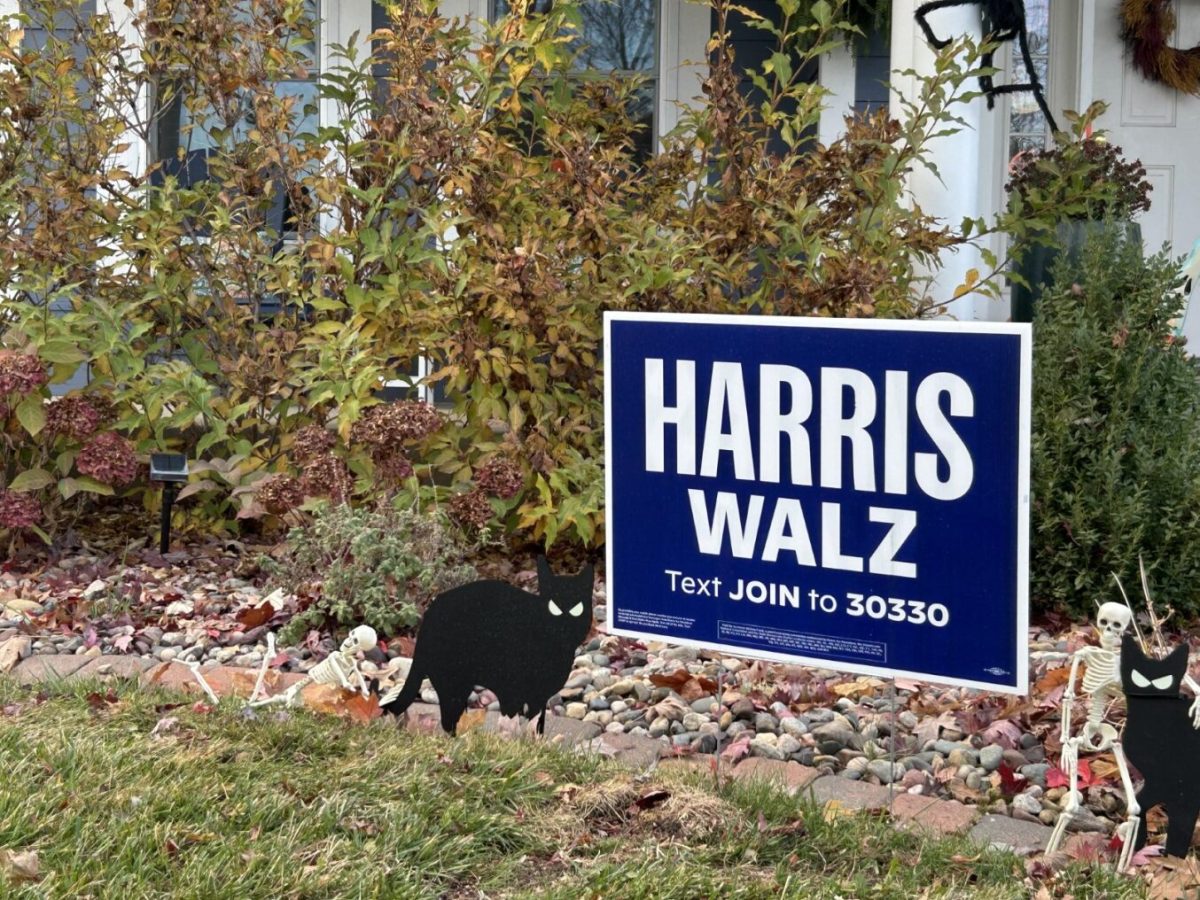Marcie Ratliff/Winonan
As a self-declared patron of the arts, I go to events like Dancescape expecting to be challenged, delighted, saddened, angered, enlightened and most of all, never bored.
Dancescape 2013 did not disappoint.
It is enough that February, for me, is a gray month filled with deadlines and thoughts that seem to percolate but never become anything—I was ready to dance the night away from my seat in the fifth row last Saturday night.
The show began and ended with pieces accompanied by live drummers, a kind of symmetry that pulled me in at the beginning of the show, and at the end, let me go smiling into the night.
From there, dances ranged from modern and narrative to dramatic and enigmatic.
A major theme was the correspondence between an individual and his or her social group. Several of the dances highlighted the group dynamic that often goes unnoticed in real life; when a group of dancers supports or traps one dancer, we imagine the cages our words make, the boundaries we make with our eyes.
“Seeing Kites Flying,” with its poignant psych-ward costumes and a solemn speaking voice its only accompaniment, left me thinking about death and sky and absolution.
Other pieces pointed to the inconsistencies in modern life. “Representation,” with a combination of narrator and music, explored the connection between data and reality. “Identidad” explored the way we try to fit in.
“Through the Grapevine,” the piece choreographed by guest choreographer Crystal Edwards, showed how relationships change and influence each other. True to the piece’s title, the dancers all wore purple and green.
A big crowd favorite was “Deja Trois,” which was first performed at Winona State in 2007. The dance told the story of a waitress in a donut shop whose love goes, shall we say, unrequited. The piece afforded comic relief; the five pieces that preceded it were much more thought-provoking.
Notable throughout the performance was the effective use of theatre technique, from humming to screaming to facial expressions and audience connection. For example, “Breaking Point” reached a breaking point as the dancers’ faces grew grotesque, and “Kpanlogo” got the audience clapping along.
Technical excellence is, of course, a major part of a performance’s success. “Epiphany” and “Forged from Fragments” were two of my favorites in terms of dance technique, and the projection design of “Ritual” was effective as well.
Throughout the show, lighting design proved apt, as lights were used to build and dissipate tension. Creative use of music let some dances begin softly and crescendo, while other dances ended silently.
I would be remiss not to mention the surprise at the end of the show, in which popular Performing Arts Center custodian Bill Koutsky presented show director Gretchen Cohenour with a check for double the amount he gave last year.
As the curtains went down on the dance party on stage, we swirled out into the night, beginning to dance.
Contact Marcie at [email protected]








































